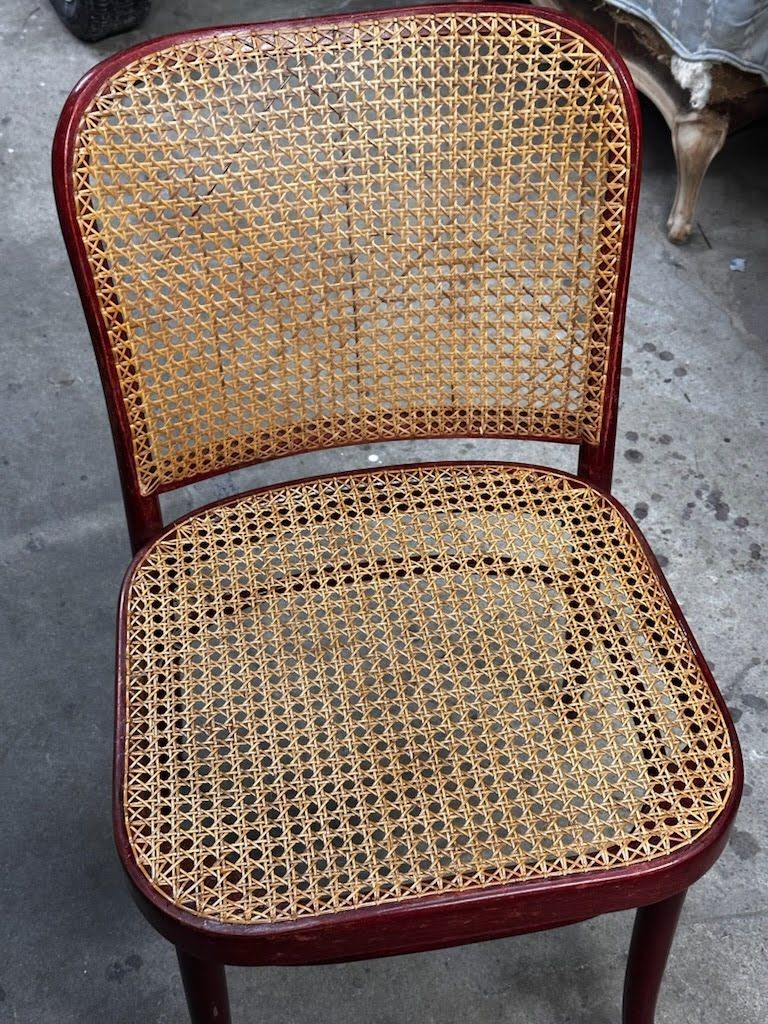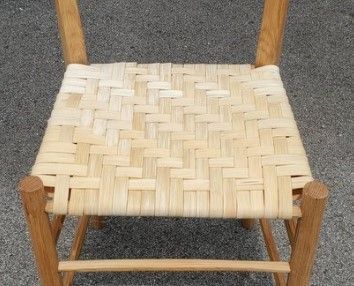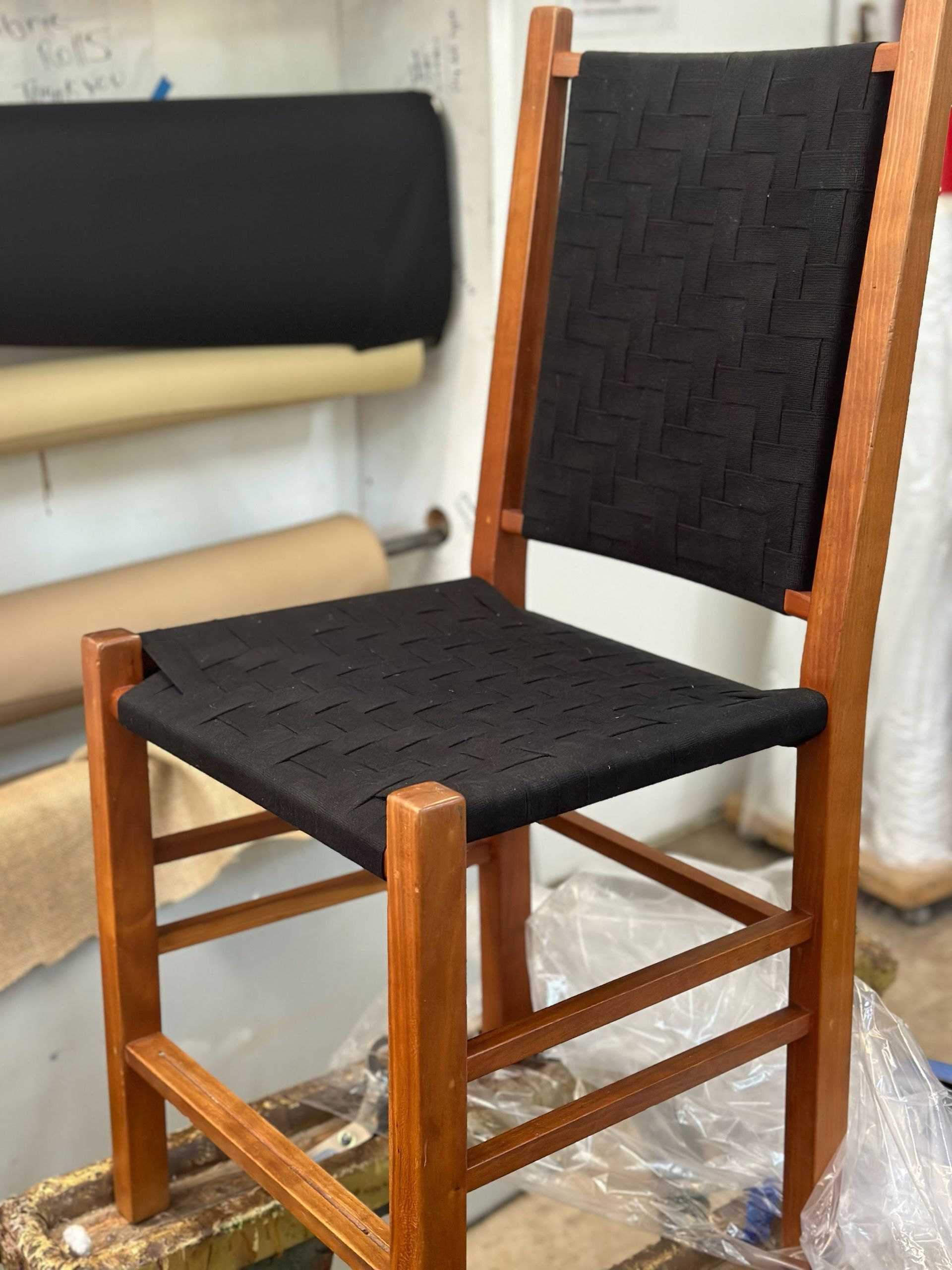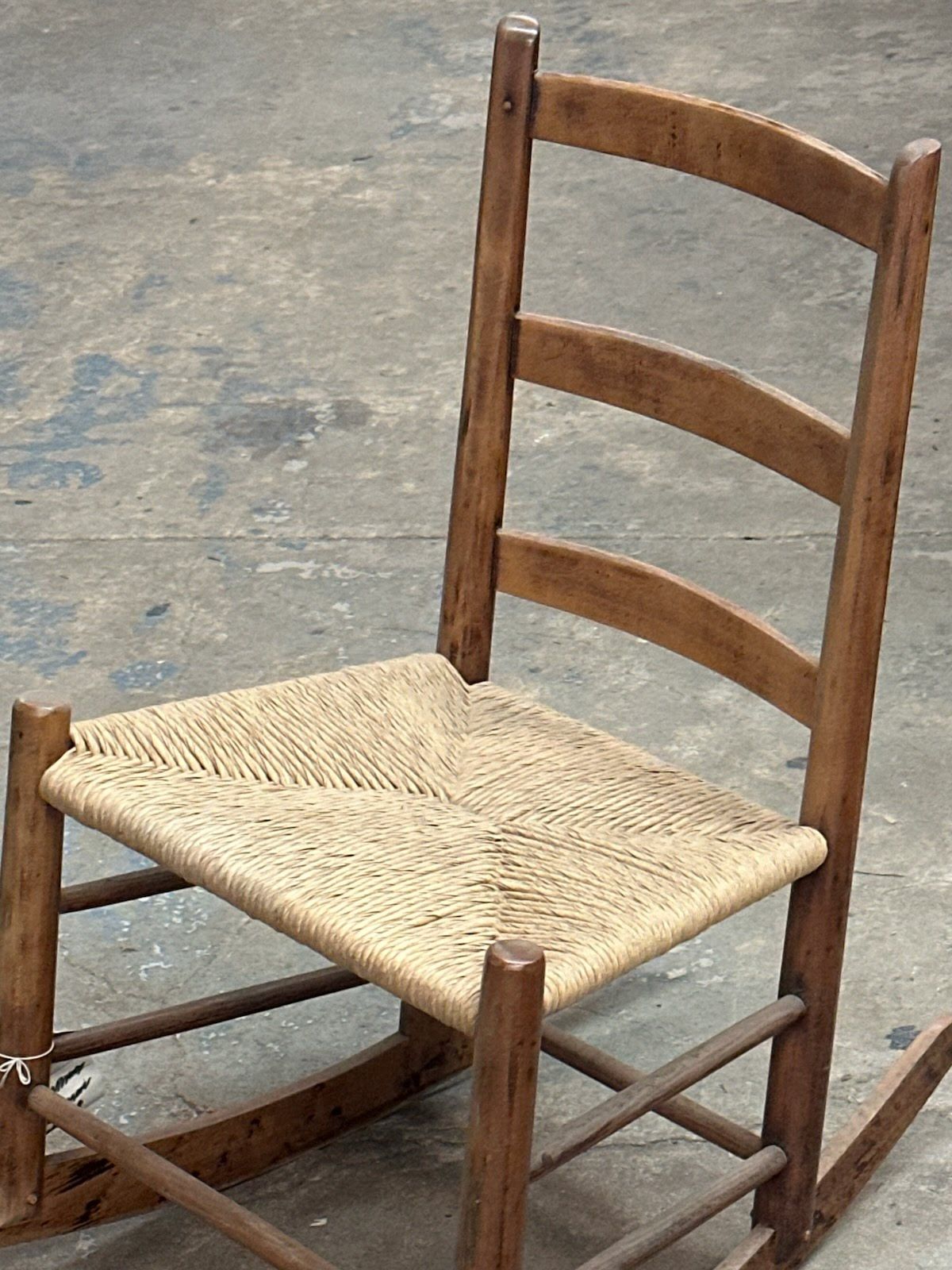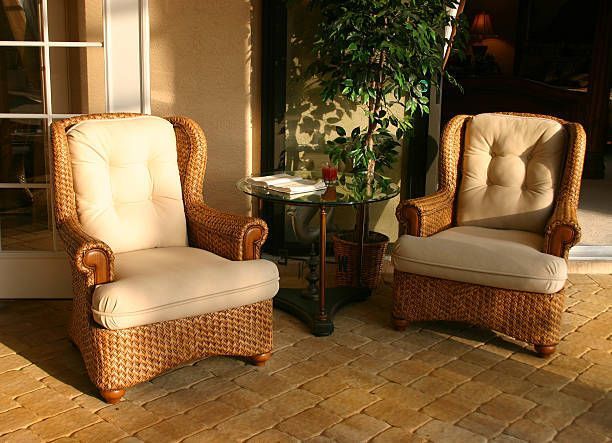Woven Seats: The Beautiful Craft of Weaving Style
DON MAXWELL • January 31, 2025
Chair Weaving 101: A Guide to Understanding the Traditional Styles
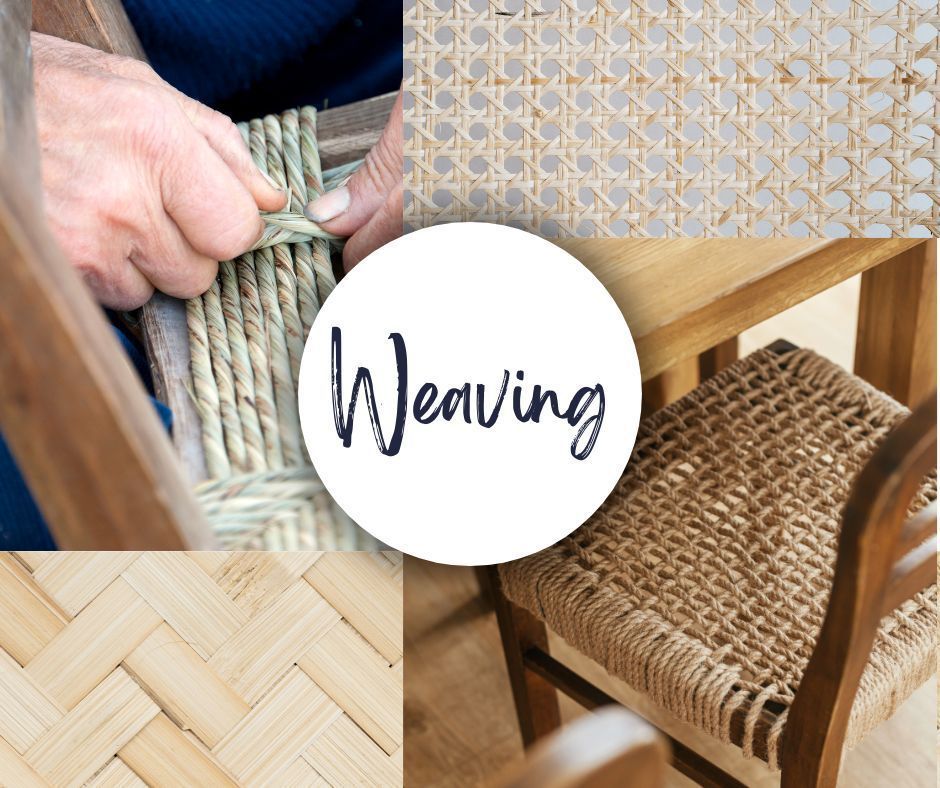
Many people assume that if their chair seat is woven, it's either wicker or cane. But did you know that there are actually several traditional weaving techniques used for chair seats, each with its own distinctive look, feel, and history? These methods have been passed down through generations and each one brings something unique to a chair’s design and durability. Here’s a brief rundown of some of the most popular weaving techniques:
Caning
Caning is one of the most popular and well-known chair weaving styles. It uses strips of rattan or reed to create a grid-like pattern, often in a honeycomb or diamond design. You'll often find caning on vintage or antique chairs, giving them a timeless look.
Did you know that there are two types of caning? Hand caning involves individually weaving each strand by hand, which can be quite time-consuming but yields a beautiful, authentic result. Machine-made caning, on the other hand, offers a quicker and more cost-effective alternative, while still maintaining the classic appearance of the weave. (Stay tuned for a future blog where we’ll dive into the differences between hand and machine caning!)
Rush
Rush weaving is a traditional technique that uses twisted plant fibers, often from bulrushes or other natural grasses. These fibers are woven over the seat frame, creating a unique criss-cross pattern. It’s typically seen on rustic or country-style chairs, adding a warm, natural texture to the piece. Rush seats are durable, but they require maintenance over time due to their organic material.
Danish Cord
Danish cord is a popular choice for modern furniture design, particularly in mid-century modern chairs. This technique uses a natural fiber cord, often twisted paper or a synthetic alternative, woven in a clean, minimalist pattern. It’s a great balance of style and functionality, offering both durability and comfort, with a sleek, contemporary aesthetic.
Shaker Tape
Shaker tape, made of cotton or nylon, is typically used in solid or striped patterns to weave over the chair frame. This style is most often associated with Shaker-style furniture, which emphasizes simplicity and utility. Shaker tape provides a more contemporary look and is also incredibly easy to repair, making it a favorite among those seeking both practicality and style.
Oak Splint/Split Weave
Oak splint weaving involves using thin, flexible strips of oak wood, which are split and woven into intricate patterns to form a sturdy and natural-looking seat. This technique is commonly seen in early American furniture and provides a robust, timeless aesthetic. Oak splint seats are known for their durability and the natural beauty of the wood.
Conclusion
Each of these weaving techniques has its own set of qualities that contribute to the chair's aesthetic, comfort, and durability. The choice of weave often depends on the look you want to achieve, the level of maintenance you're prepared for, and the type of seating experience you desire. Whether you're restoring an old chair or looking to add a new piece to your collection, understanding the differences in these weaving techniques can help you make the right choice.
Have a chair with a weave that needs repair or replacing? All our services are done on premise.

